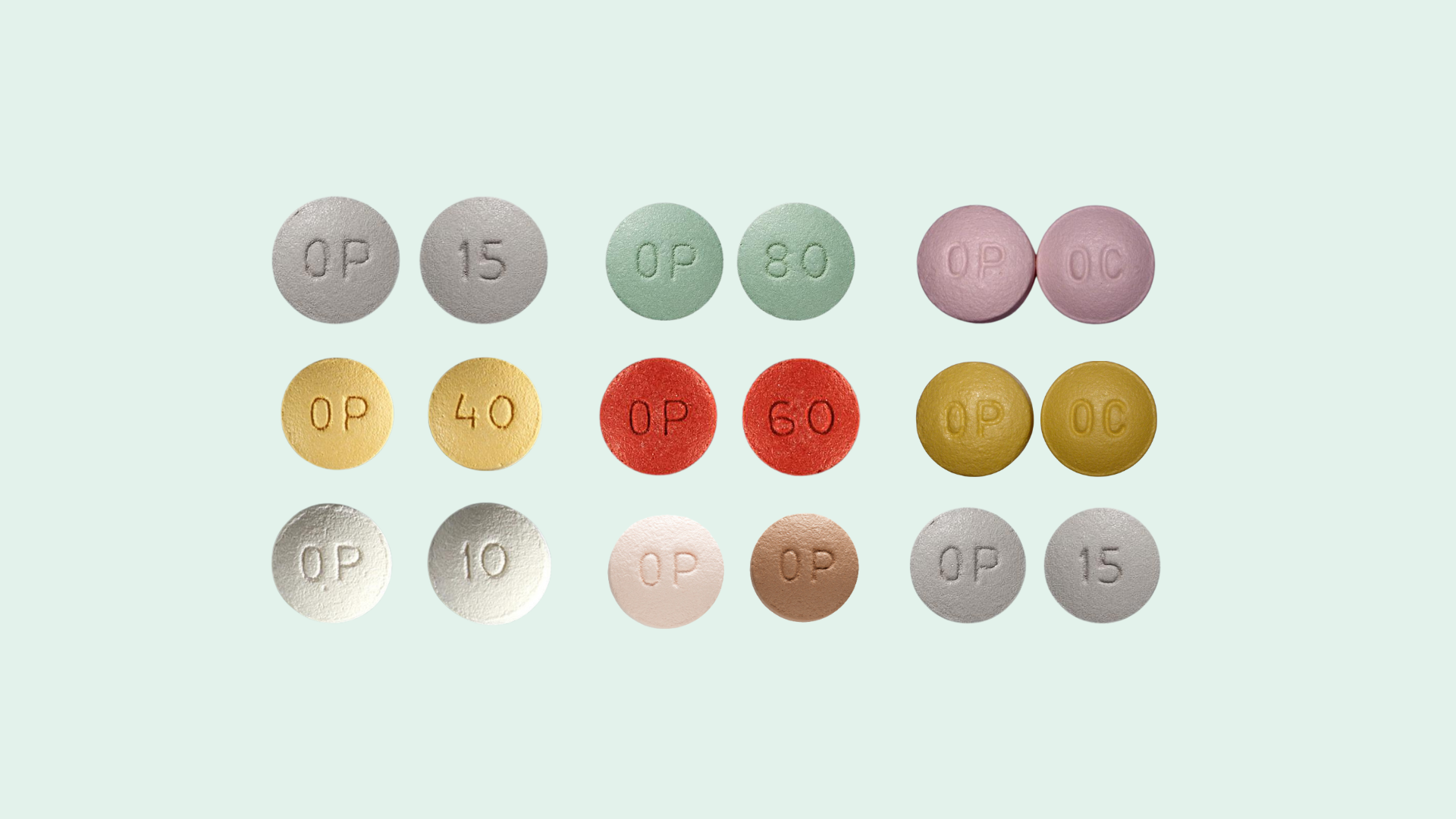What Are the Stages of OxyContin Addiction Treatment?
OxyContin addiction treatment typically involves multiple stages, each aimed at addressing different aspects of the addiction and promoting long-term recovery. These stages include:
Assessment and Evaluation
The first step in OxyContin addiction treatment is a comprehensive assessment and evaluation. This involves a thorough examination of the individual’s physical and mental health, as well as an assessment of their addiction severity, medical history, and any co-occurring disorders. This assessment helps treatment providers tailor a personalized treatment plan that addresses the individual’s specific needs.
Detoxification
Detoxification, or detox, is the process of removing OxyContin from the body while managing withdrawal symptoms. It is crucial to undergo detoxification under medical supervision, as the withdrawal symptoms can be intense and potentially dangerous. Medical professionals can provide medications and support to ease the discomfort and ensure a safe detoxification process.
Medication-assisted Treatment (MAT)
Medication-assisted treatment (MAT) is a highly effective approach to OxyContin addiction treatment. MAT involves the use of FDA-approved medications, such as methadone, buprenorphine, and naltrexone, in combination with counseling and behavioral therapies. These medications help reduce cravings, alleviate withdrawal symptoms, and restore balance to the brain affected by addiction.
Methadone, Buprenorphine, and Naltrexone
Methadone, buprenorphine, and naltrexone are the primary medications used in MAT for OxyContin addiction treatment. Methadone and buprenorphine are opioid agonists that act on the same brain receptors as OxyContin but in a safer and controlled manner. They help manage withdrawal symptoms and reduce cravings without causing the euphoric effects of OxyContin. Naltrexone, on the other hand, blocks the effects of opioids and prevents relapse.
Counseling and Behavioral Therapies
Counseling and behavioral therapies play a crucial role in OxyContin addiction treatment. These therapies aim to address the underlying causes of addiction, develop coping skills, and promote lasting behavioral changes. Some commonly used counseling approaches include:
Individual Counseling
Individual counseling provides a safe and confidential space for individuals to explore their thoughts, emotions, and behaviors related to OxyContin addiction. It helps them set goals, identify triggers, and develop strategies to avoid relapse.
Cognitive Behavioral Therapy (CBT)
Cognitive behavioral therapy (CBT) focuses on identifying and challenging negative thought patterns and behaviors that contribute to OxyContin addiction. It helps individuals develop healthier coping mechanisms and replace destructive behaviors with positive alternatives.
Group Counseling
Group counseling provides individuals with a supportive community of peers who understand the challenges of OxyContin addiction. It offers a platform for sharing experiences, receiving feedback, and learning from others who have gone through similar struggles.
Aftercare and Relapse Prevention
After completing the initial stages of OxyContin addiction treatment, individuals enter the aftercare phase, which focuses on maintaining recovery and preventing relapse. Aftercare may include ongoing counseling, support group participation, regular check-ins with treatment providers, and assistance in rebuilding one’s life and relationships.
What to Expect During OxyContin Addiction Treatment
OxyContin addiction treatment programs vary in duration and intensity depending on the individual’s needs and treatment setting. However, there are common elements that individuals can expect during their treatment journey:
- Comprehensive assessment. At the beginning of treatment, individuals undergo a comprehensive assessment to evaluate their addiction severity, medical history, and any co-occurring disorders. This assessment helps treatment providers develop a personalized treatment plan tailored to the individual’s specific needs.
- Safe and supportive environment. OxyContin addiction treatment takes place in a safe and supportive environment, such as a residential treatment center or outpatient clinic. These settings offer round-the-clock care, ensuring individuals have access to medical support, counseling, and other necessary services.
- Medical detoxification. For individuals with severe OxyContin addiction, medical detoxification may be necessary to safely manage withdrawal symptoms. Medical professionals closely monitor the detox process and provide medications to alleviate discomfort and reduce the risk of complications.
- MAT and therapy. Both play a crucial role in OxyContin addiction treatment, helping individuals manage cravings, prevent relapse, and stabilize their physical and mental wellbeing. Also, through individual counseling, group therapy, and behavioral therapies like CBT, individuals learn new coping skills, address underlying issues, and develop strategies for maintaining long-term recovery.
- Relapse prevention strategies. OxyContin addiction treatment programs emphasize relapse prevention strategies to help individuals maintain their sobriety after treatment. These strategies may include identifying triggers, developing healthy coping mechanisms, and creating a relapse prevention plan with the support of treatment providers.
Life After Treatment: How to Maintain Recovery
Completing OxyContin addiction treatment marks the beginning of a lifelong journey of recovery. Maintaining sobriety and preventing relapse require ongoing effort and support. Below are some strategies for individuals to maintain their recovery.
Continuing Care and Support
After completing treatment, individuals benefit from ongoing care and support. This may include regular check-ins with treatment providers, participation in support groups or counseling sessions, and accessing community resources for continued assistance.
Healthy Lifestyle Choices
Adopting a healthy lifestyle is crucial for maintaining recovery. This includes practicing self-care, engaging in regular physical activity, getting enough sleep, and maintaining a balanced diet. Avoiding triggers and high-risk situations can also help prevent relapse.
Building a Supportive Network
Surrounding oneself with a supportive network of family, friends, and peers committed to recovery is essential. Engaging in healthy relationships and avoiding individuals who enable or encourage substance abuse can contribute to long-term sobriety.
Developing Coping Skills
Learning effective coping skills is vital for managing stress, cravings, and triggers. Engaging in activities such as mindfulness meditation, journaling, or pursuing hobbies can be helpful in reducing stress and promoting emotional well-being.
Avoiding High-risk Situations
Recognizing and avoiding high-risk situations is crucial for preventing relapse. This may involve staying away from environments or individuals associated with substance abuse, developing strategies to manage cravings, and having a relapse prevention plan in place.

